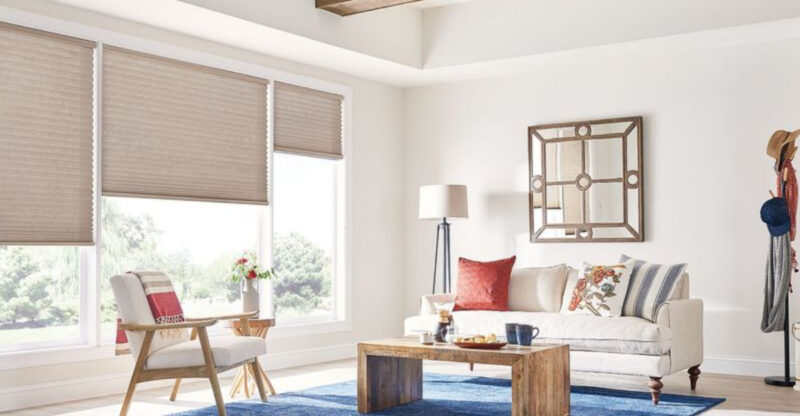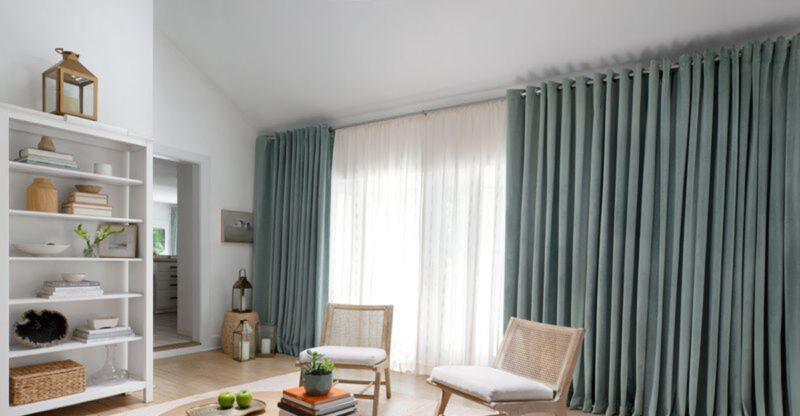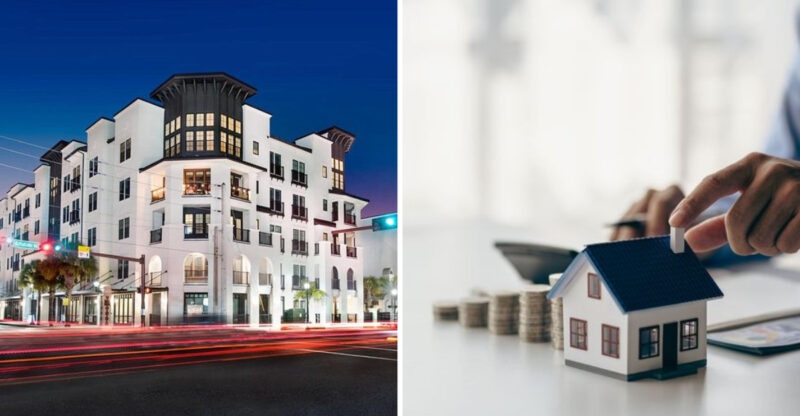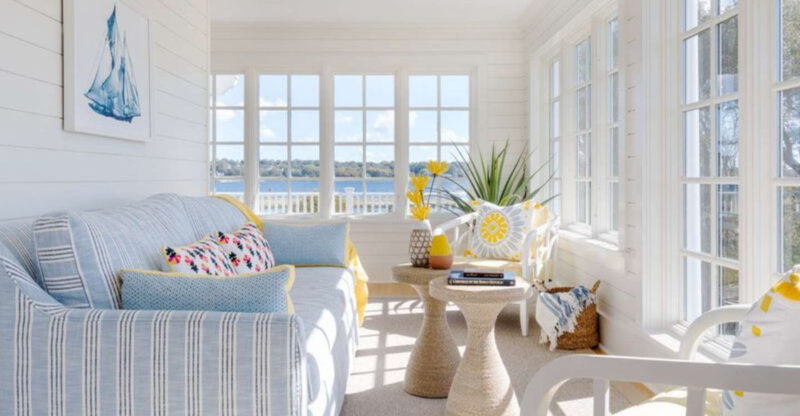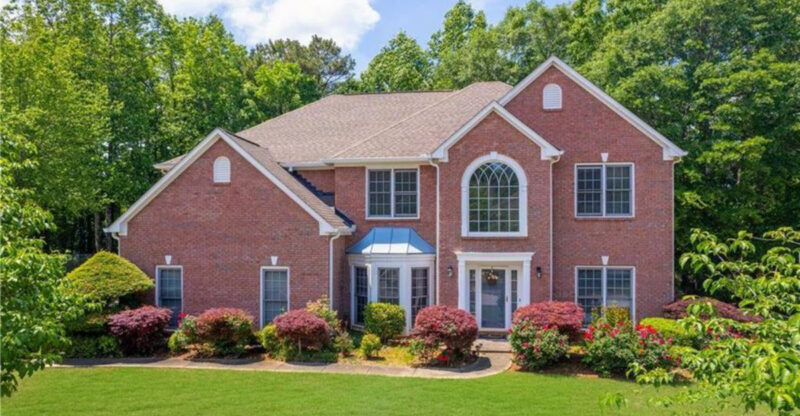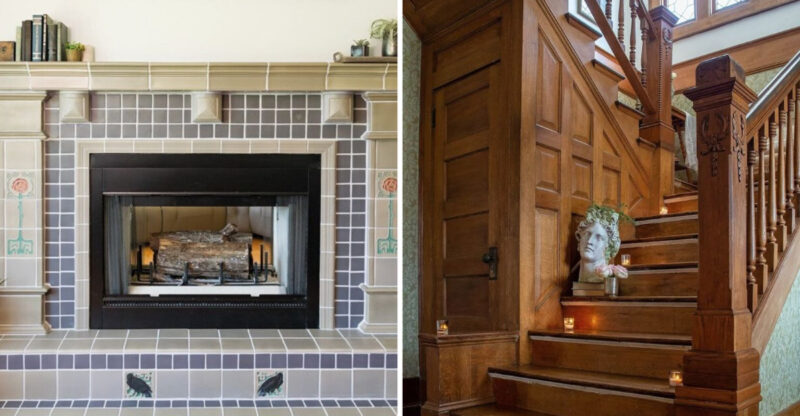Say Goodbye To These 17 Aurora Architectural Styles Before 2030 Hits
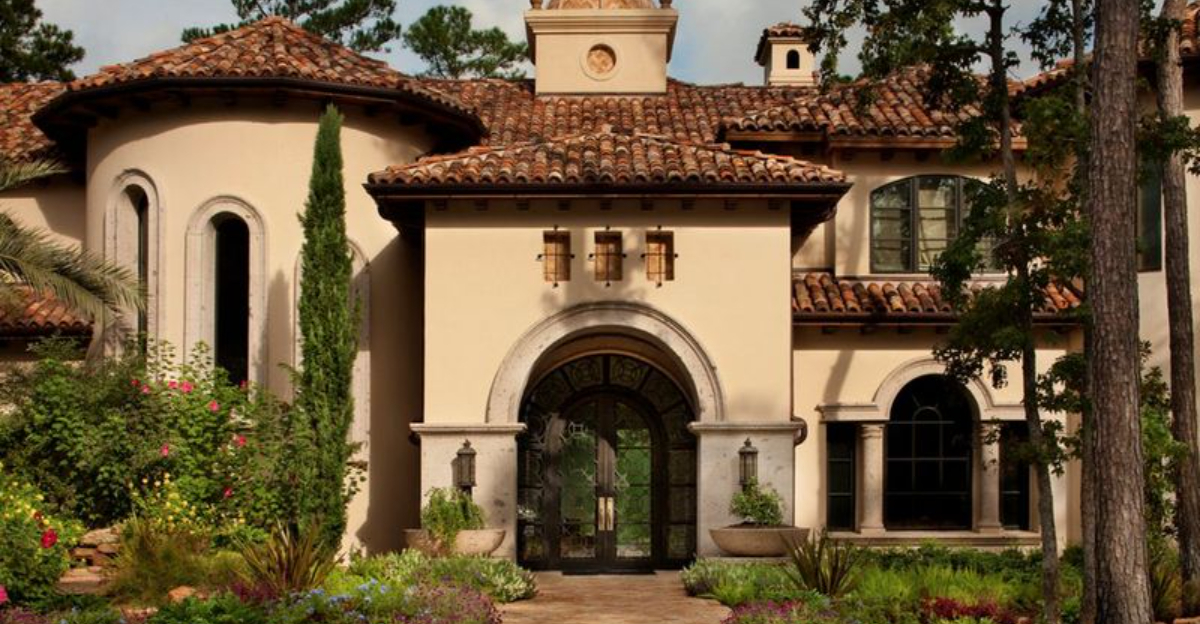
Remember those distinctive homes that once defined our neighborhoods? Aurora’s architectural landscape is shifting dramatically as we approach 2030.
Homebuyers and designers are moving away from dated styles that dominated previous decades.
These once-popular designs are rapidly disappearing as modern preferences take over and sustainability concerns reshape our building choices.
1. Split-Level Homes
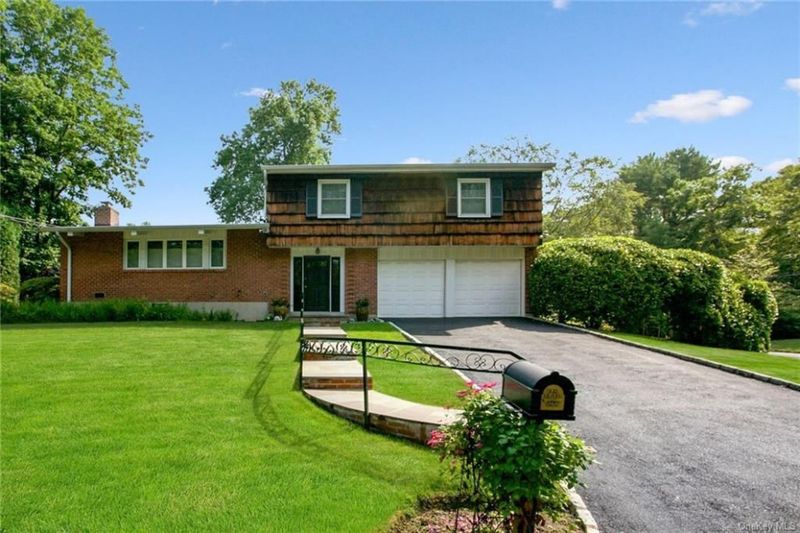
Once the darling of suburban developments, split-level homes with their half-staircases and multi-tiered living spaces are falling out of favor fast. Modern families crave open concept designs rather than the compartmentalized rooms these homes offer.
Energy inefficiency plagues these structures too, with their awkward roof lines creating heating and cooling nightmares. The staggered floor plan that seemed so innovative in the 1960s now feels choppy and dated.
Renovating these homes often costs more than they’re worth, as removing walls to create open spaces requires major structural work. By 2030, expect these distinctive stepped designs to be rare sights in new Aurora neighborhoods.
2. Ranch-Style Houses with Low Rooflines
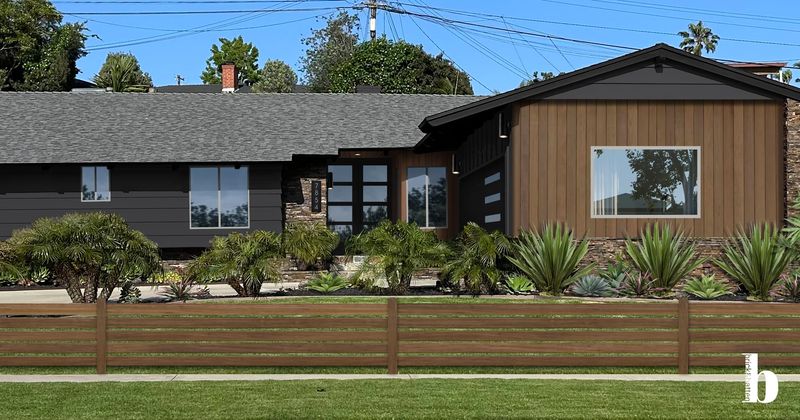
Those sprawling single-story ranches with their characteristically low-pitched roofs are quickly becoming relics of the past. Their inefficient use of land makes them impractical in today’s high-value real estate markets where maximizing square footage is crucial.
Low rooflines also create maintenance headaches in Aurora’s snowy climate, where snow load and ice dams cause recurring problems. The long, rambling floor plans waste energy and create disconnected living spaces that don’t suit modern family dynamics.
Developers now favor vertical designs that maximize lot potential while minimizing environmental footprint. Even renovated ranches struggle to compete with newer homes offering better energy efficiency and space utilization.
3. Faux Tudor Exteriors
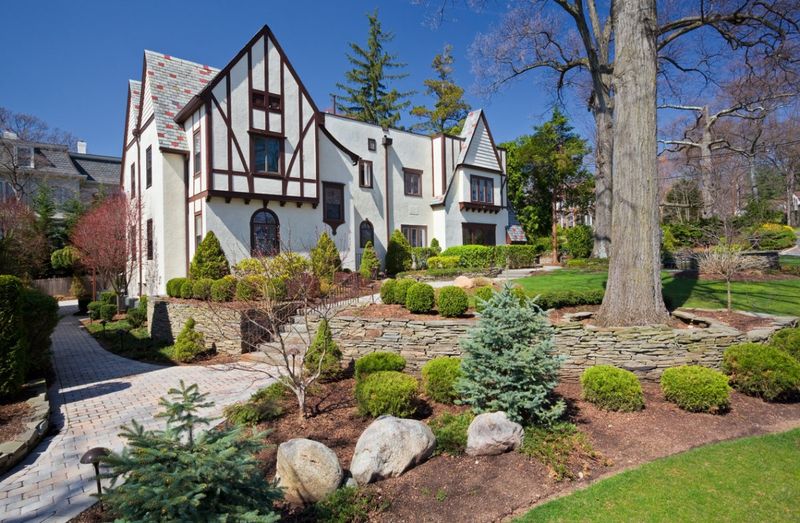
Those mock Tudor facades with their fake half-timbering and contrived medieval details are rapidly disappearing from Aurora’s streetscapes. What once seemed elegant now reads as artificial, with their stick-on decorative elements and forced historical references feeling increasingly out of place.
Maintenance becomes a significant issue as these decorative elements age poorly, with wood trim rotting and dark brown paint schemes fading unevenly. The style’s heavy visual weight and dark exteriors contradict today’s preference for light, airy aesthetics.
Modern homebuyers seek authentic architecture rather than imitative styles borrowing from unrelated historical periods. By 2030, expect these pseudo-historical homes to be extensively remodeled or replaced entirely.
4. 1970s Contemporary Designs
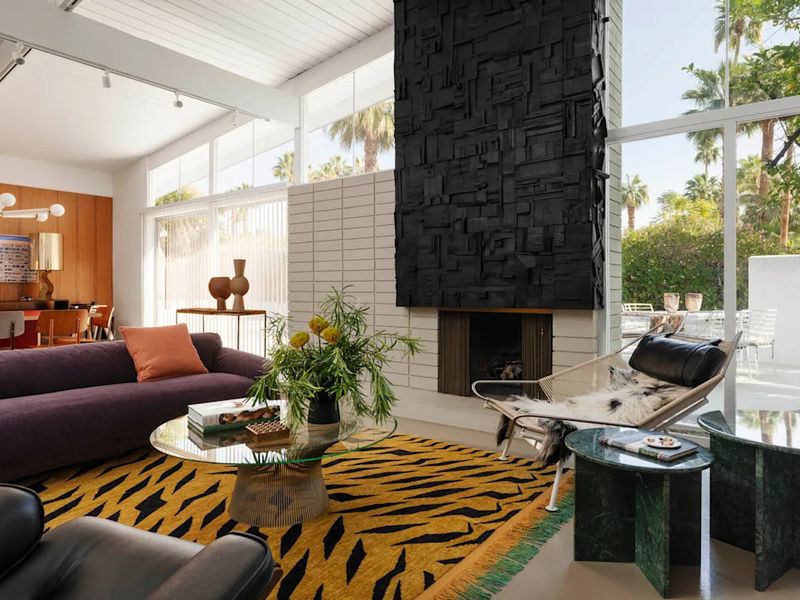
Goodbye to those angular 1970s contemporaries with their dramatic geometric forms and unusual rooflines. These homes, once considered cutting-edge, now appear dated with their odd angles, excessive interior wood paneling, and small windows that create dark interiors.
If you’ve ever walked through one, you’ll recognize the sunken conversation pits and awkward multi-level living spaces that make furniture arrangement challenging. Their energy performance is particularly problematic, with poor insulation and single-pane windows creating uncomfortable living conditions.
Though some architectural enthusiasts appreciate these homes as period pieces, mainstream buyers increasingly avoid them. The renovation costs to bring these structures up to modern standards often exceed what makes financial sense.
5. Brick Colonial Revivals with Heavy Ornamentation
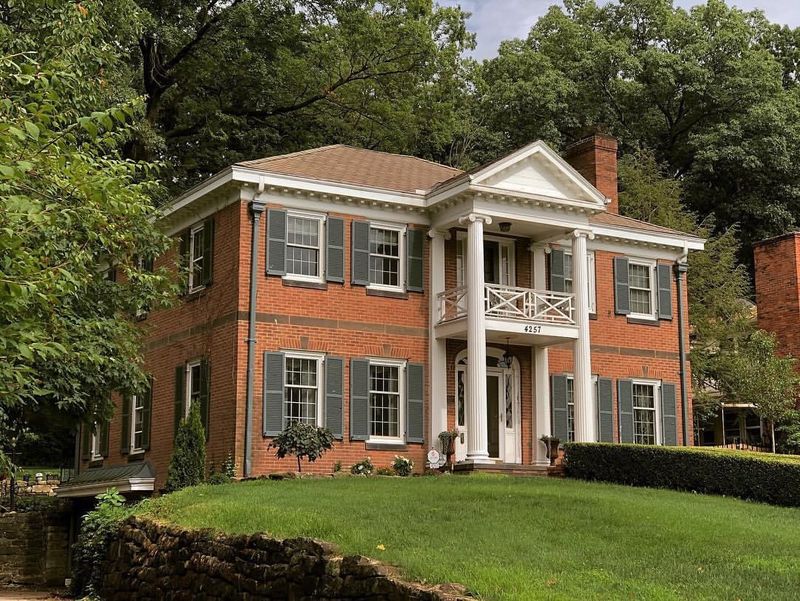
Those imposing brick Colonial Revivals with columns, pediments, and elaborate moldings are losing their appeal rapidly. Their formal, symmetrical facades and rigid floor plans feel stuffy and inflexible to today’s homebuyers who prefer casual, adaptable living spaces.
Maintaining all that ornate exterior detail becomes expensive and time-consuming as these homes age. The small, separate rooms typical of Colonial designs contradict modern open-concept preferences, making these homes feel choppy and dated.
Though once symbols of prosperity, these homes’ excessive formality and traditional layouts increasingly feel like relics. By 2030, expect many of these structures to undergo significant interior renovations to create more contemporary flow, while others will be passed over entirely.
6. Dark-Stained Cedar Siding Homes
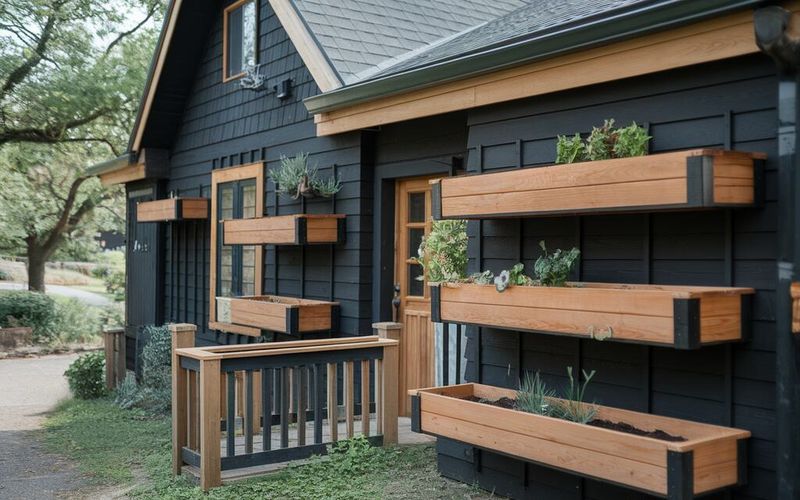
Those distinctive dark-stained cedar homes that dominated upscale neighborhoods are rapidly falling from favor. Their somber brown and black exteriors create visually heavy structures that feel oppressive compared to today’s lighter aesthetic preferences.
Maintenance becomes a nightmare as these homes age, with the dark stain showing every imperfection and requiring frequent reapplication to maintain their appearance. The dark exteriors also absorb heat, creating energy efficiency problems in Aurora’s warm summers.
Environmental concerns about chemical stains and preservatives add another strike against these designs. Modern homeowners increasingly opt for more sustainable and lower-maintenance exterior finishes that don’t require the constant upkeep and harsh chemicals these cedar homes demand.
7. Neo-Eclectic McMansions
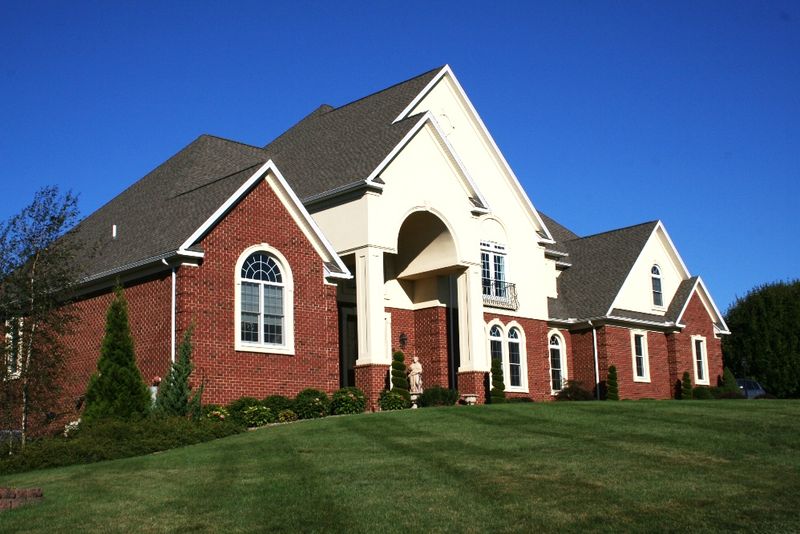
Those massive neo-eclectic McMansions with their confused architectural identity are rapidly losing market share. Characterized by mismatched historical elements, disproportionate features, and excessive size for their lots, these homes exemplify the “bigger is better” mentality that’s now falling out of favor.
Heating and cooling these cavernous spaces costs a fortune, with their poor proportions and mixed architectural elements creating inefficient building envelopes. Their inconsistent styling perhaps a Tuscan entrance with Colonial windows and Victorian details appears increasingly tacky rather than impressive.
Young homebuyers particularly reject these homes, preferring smaller, more thoughtfully designed spaces with authentic character. By 2030, expect many of these oversized status symbols to undergo significant downsizing renovations or face extended market time.
8. Popcorn Ceiling Interiors
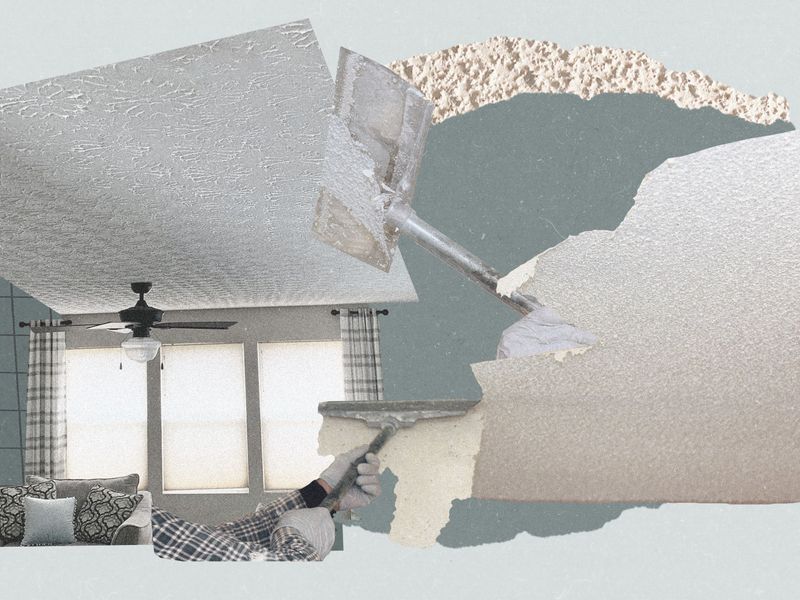
You’ll hardly find a home feature more universally reviled than popcorn ceilings. These textured eyesores, once popular for hiding imperfections and dampening sound, are disappearing rapidly from Aurora homes as owners scrape away the dated bumpy surfaces.
Beyond their unappealing appearance, these ceilings collect dust, create shadows, and in homes built before the 1980s, may contain asbestos. The textured surface makes repairs nearly impossible, as matching the pattern becomes a frustrating exercise in futility.
Modern interior design favors clean lines and smooth surfaces that reflect light better and create a more contemporary aesthetic. By 2030, expect popcorn ceilings to be as rare as shag carpeting, with most homes having converted to smooth or subtly textured alternatives.
9. Two-Story Foyers with Grand Staircases
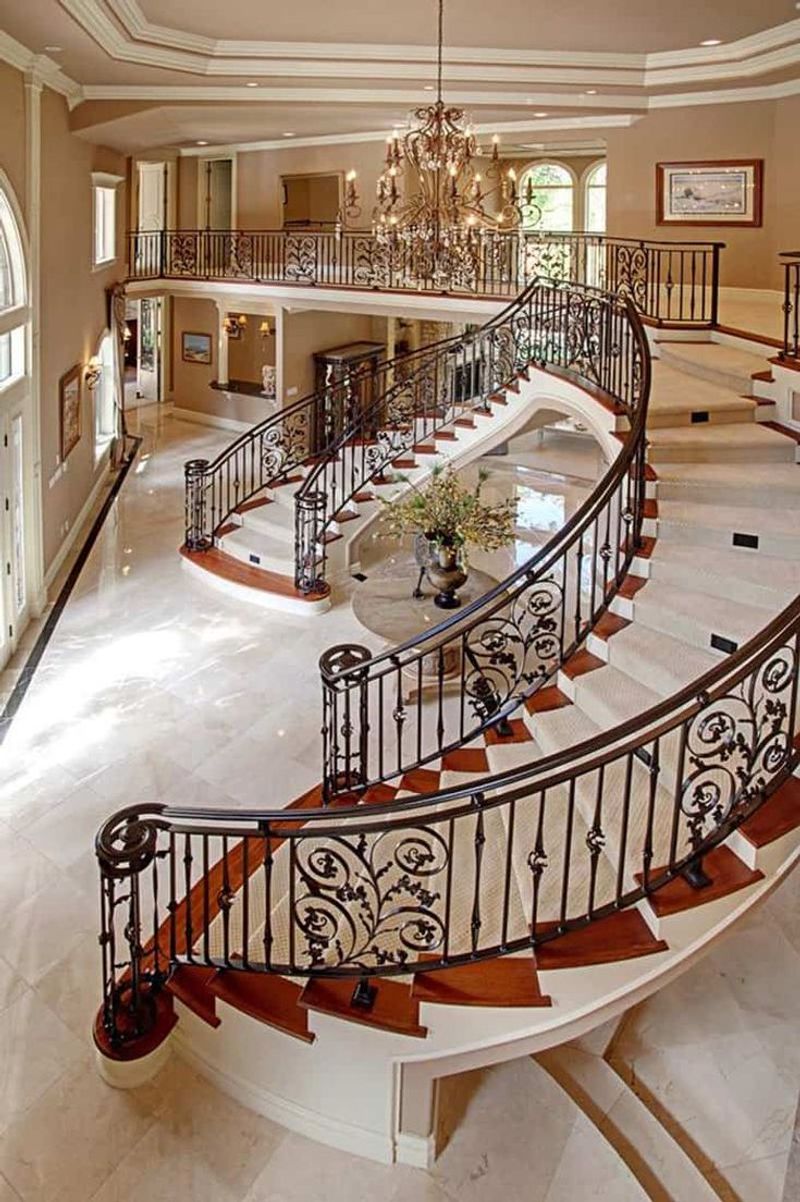
Those impressive two-story foyers with sweeping staircases are quickly falling out of fashion. Once considered the height of luxury, these soaring spaces now represent wasted square footage and energy inefficiency that savvy homeowners avoid.
Heating and cooling these cavernous entryways costs a fortune, with warm air rising to heat unused ceiling space while leaving the floor level chilly. The acoustics create problems too, with sounds echoing throughout the home and conversations carrying across floors.
Modern design philosophy prioritizes usable space over showy entrances, with homebuyers preferring more modest entries that flow naturally into living areas. By 2030, expect many of these grand foyers to be retrofitted with partial second floors to reclaim the wasted vertical space.
10. Overly Ornate Victorian Details
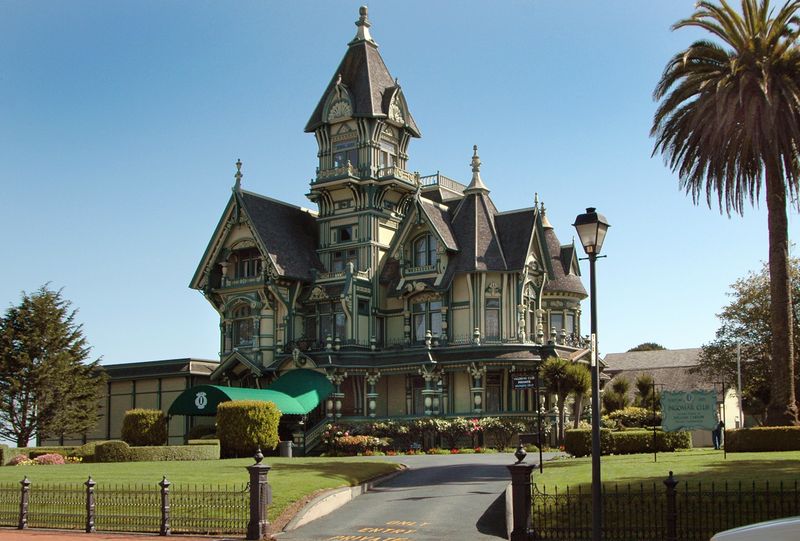
Farewell to those Neo-Victorian homes with excessive gingerbread trim, ornate spindles, and fussy decorative elements. While authentic Victorian architecture maintains its charm, the overdone reproductions built in recent decades feel inauthentic and dated.
Maintenance becomes a significant burden, with all those decorative elements requiring constant painting and repair as they age. The dark, compartmentalized interiors typical of Victorian-inspired design contradict modern preferences for light-filled, flowing spaces.
Even dedicated history buffs find the upkeep overwhelming, especially when these details were mass-produced rather than crafted with traditional methods. By 2030, expect many of these homes to be significantly simplified, with owners removing excessive ornamentation in favor of cleaner lines while preserving just enough character to honor the original inspiration.
11. Carpeted Bathrooms
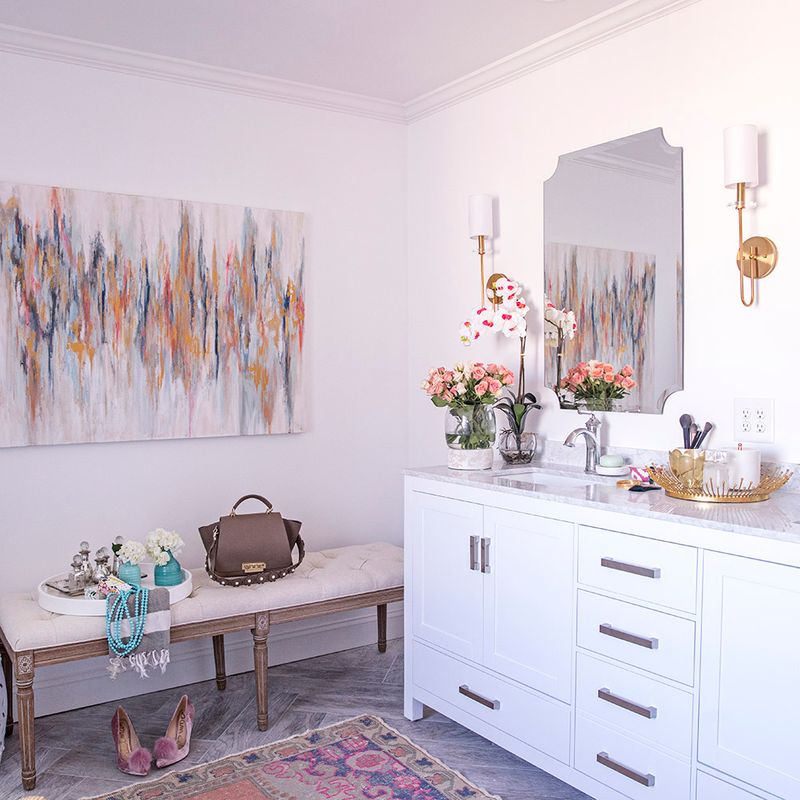
Perhaps no architectural choice has aged worse than wall-to-wall carpet in bathrooms. This puzzling trend from decades past created moisture traps that inevitably led to mold, mildew, and unpleasant odors that never quite disappeared.
Health concerns abound with these installations, as the carpet fibers harbor bacteria in an already humid environment. The practical challenges of keeping these floors clean proved insurmountable, with staining and discoloration around toilets and sinks becoming unavoidable over time.
Modern bathroom design embraces waterproof materials like tile, luxury vinyl, and engineered stone that offer both practicality and style. By 2030, finding a carpeted bathroom in Aurora will be like spotting a unicorn—theoretically possible but highly unlikely in the wild.
12. Sunken Living Rooms

Those conversation-pit style sunken living rooms are rapidly disappearing from Aurora’s housing stock. Once considered the height of sophistication, these stepped-down spaces now represent accessibility nightmares and renovation headaches for modern homeowners.
The level changes create tripping hazards for both young children and older adults. Reconfiguring these spaces proves extremely costly, often requiring concrete removal and significant structural work to bring the floor to a consistent level.
Today’s design philosophy emphasizes accessible, flexible spaces that can adapt to changing needs throughout life stages. By 2030, expect most of these sunken rooms to be filled in and leveled, with only a few preserved examples remaining in homes owned by mid-century modern enthusiasts.
13. Glass Block Accent Walls
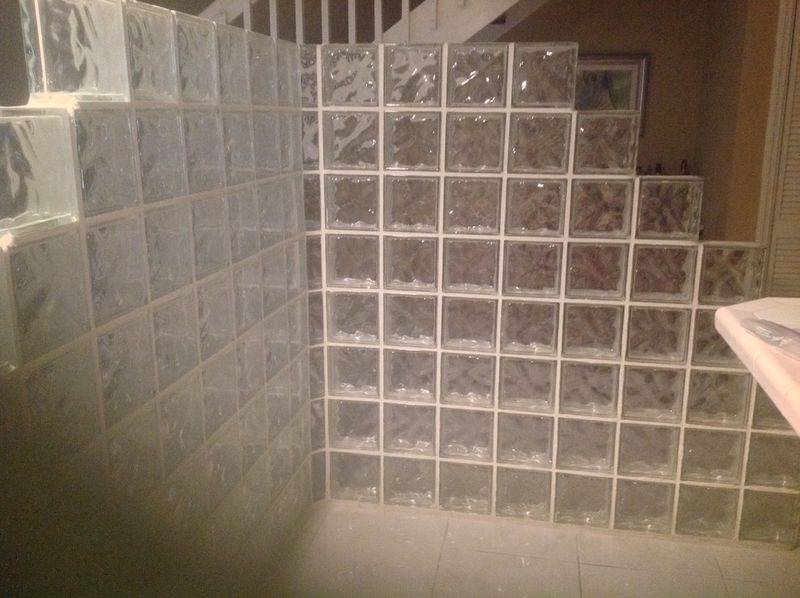
Those distinctive glass block walls that once seemed so modern are rapidly disappearing from Aurora homes. Popular in bathrooms, entryways, and as room dividers throughout the 80s and 90s, these translucent barriers now read as hopelessly dated rather than cutting-edge.
Cleaning becomes a major challenge as dust collects in the seams between blocks, and the distorted view through the glass creates a dated aesthetic. Their fixed nature contradicts today’s preference for flexible spaces that can be reconfigured as needs change.
Modern design favors clearer sight lines and more transparent materials when privacy with light transmission is desired. By 2030, expect most of these walls to be removed in favor of frameless glass, smart glass that changes opacity, or removed entirely to create more open floor plans.
14. Faux Stone Veneer Facades
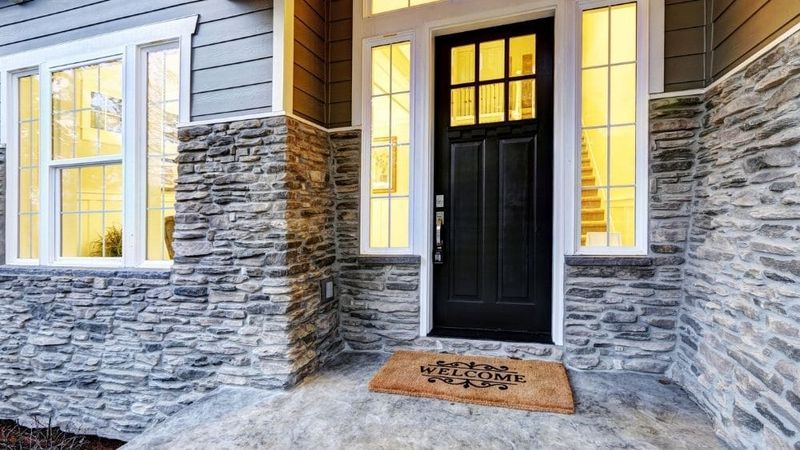
Those stick-on stone veneers that attempted to mimic natural stone are rapidly losing favor in Aurora neighborhoods. Often applied haphazardly to front facades or around entryways, these thin artificial panels fail to convince as authentic masonry.
Weathering reveals their true nature as the material ages differently than real stone, with color fading unevenly and edges sometimes peeling away. Installation problems frequently lead to moisture issues, with water infiltrating behind poorly sealed seams and causing damage to the underlying structure.
Modern exterior design embraces either authentic materials used appropriately or contemporary alternatives that don’t pretend to be something they’re not. By 2030, expect these unconvincing stone imitations to be removed in favor of more honest and durable exterior finishes.
15. Heavy Stucco Mediterranean Styles
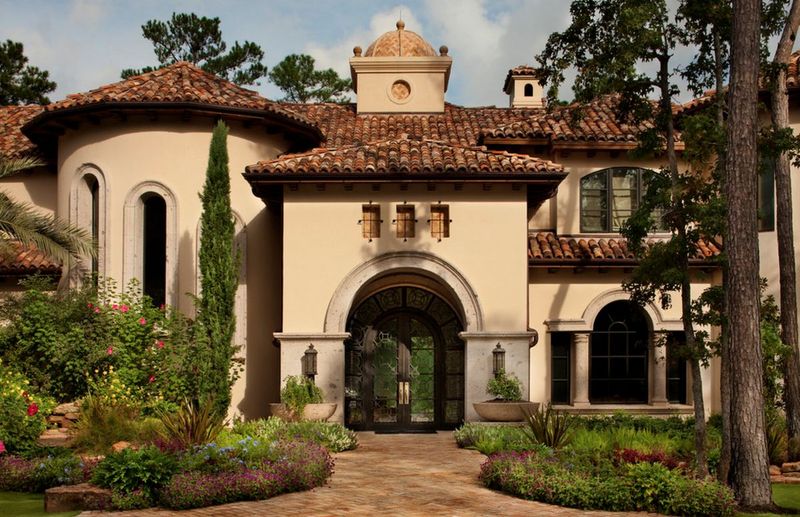
Those faux-Mediterranean homes with heavy stucco exteriors, arched windows, and terracotta roofs are rapidly falling from favor in Aurora. These designs, which attempt to bring Spanish or Italian villa aesthetics to Colorado, create a geographical disconnect that feels increasingly inappropriate.
Climate compatibility issues abound, with the light-colored stucco showing every water stain in our snowy climate and the low-pitched roofs struggling with snow loads. The ornate details and curved architectural elements also make these homes expensive to maintain as they age.
Modern architectural trends favor designs that respond authentically to local conditions and building traditions. By 2030, expect many of these Mediterranean-inspired homes to undergo significant exterior renovations to better reflect their Colorado context.
16. Bay Windows with Angled Glass
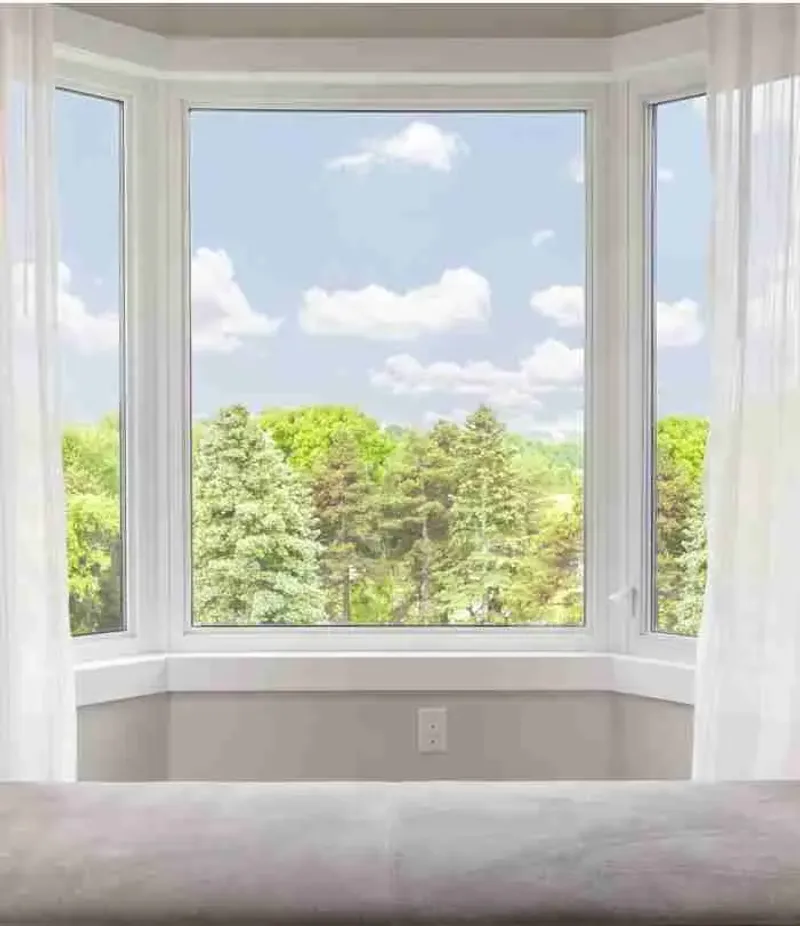
Those distinctive angled bay windows that jutted from homes in geometric formations are rapidly disappearing from Aurora’s architectural landscape. Once considered elegant additions that brought in extra light, these complex window arrangements now create headaches for homeowners.
Energy efficiency suffers dramatically, with multiple seams and joints creating air leaks and thermal bridges. Replacing these specialized windows costs a fortune, often requiring custom manufacturing that few companies still offer.
Interior decorating becomes challenging too, with the awkward angles making furniture placement and window treatments complicated. By 2030, expect many of these angular projections to be replaced with simpler, more energy-efficient window designs that provide light without the complicated geometry and maintenance issues.
17. Decorative Iron Railings Indoors
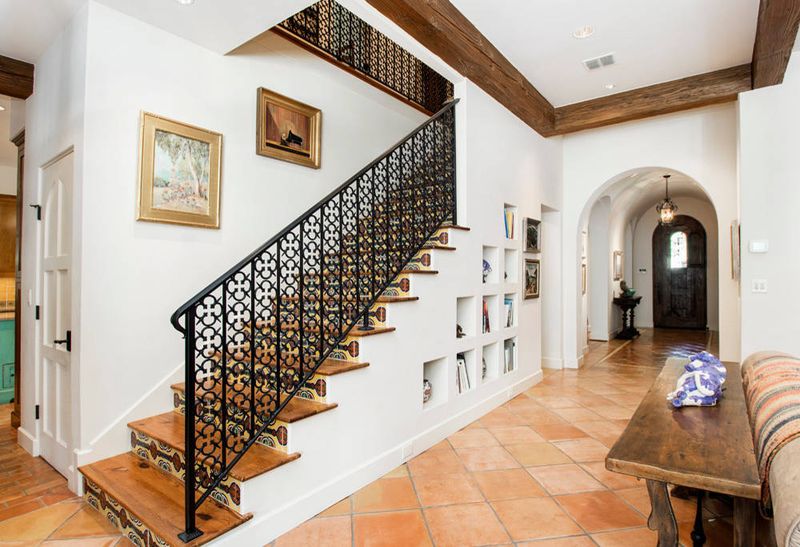
Those ornate wrought iron railings with scrollwork and elaborate patterns are quickly vanishing from Aurora home interiors. Once considered elegant statements for staircases and loft overlooks, these heavy metal features now feel fussy and dated compared to cleaner contemporary alternatives.
Safety concerns exist too, particularly in homes with children, as the decorative elements create potential catch points for clothing or small fingers. The dark, heavy appearance contradicts today’s preference for lighter, more minimalist interior elements that create a sense of openness.
Maintenance adds another strike, as these railings require regular attention to prevent rust at connection points and keep the intricate details dust-free. By 2030, expect most of these ornate metal installations to be replaced with sleeker glass, cable, or simplified metal systems that offer safety without the visual weight.

